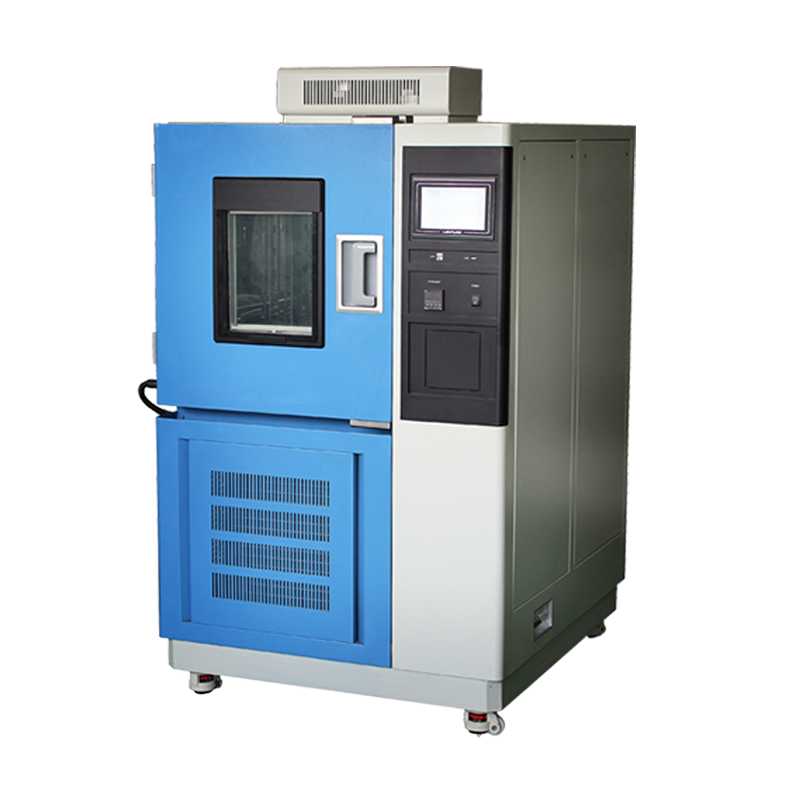Many customers purchase high and low temperature cycling test chambers but encounter challenging malfunctions during use. Since they do not want to halt production, they contact the manufacturer—only to find that the manufacturer no longer exists or refuses to provide after-sales service. To address this issue, we provide some essential daily maintenance knowledge for all customers.
1. Cleaning the High and Low Temperature Cycling Test Chamber
This is a critical yet often overlooked detail. The area around and beneath the chamber should always be kept clean to prevent excessive dust from being sucked into the unit, which could lead to accidents or reduced performance.
2. Internal Cleaning and Maintenance
Before use, remove any debris inside the chamber. The interior should be cleaned at least once a year using a vacuum cleaner to remove accumulated dust.
3. Proper Handling of the Door Seal
When opening/closing the door or removing test samples, avoid letting objects come into contact with the door seal to prevent damage or premature wear.

4. Safe Handling of Test Samples
After the test cycle is complete, ensure the chamber is turned off before removing samples. Operators must wear dry, anti-static, and heat-resistant gloves for safety.
5. Cooling System Maintenance (Core Component)
- Inspect every six months: Check copper pipes for leaks. If oil stains are found around joints or welded areas, address them immediately.
- Condenser maintenance: Clean regularly to prevent dirt buildup, which can trigger false alarms due to compressor high-pressure switch activation.
- Perform monthly maintenance using a vacuum cleaner or a stiff brush/high-pressure air nozzle to remove dust from the condenser fins.
6. Electrical Circuit Inspection
- Annual inspection of the electrical control cabinet: Clean and check high-current contact points. Loose wiring can put the entire system at risk, leading to short circuits, fires, or personal injury.
- Immediate action required: If damaged wires, poor contact, unstable voltage, or leakage points are detected, resolve them immediately to prevent equipment failure or hazards.
7. Temperature Protection Settings
Do not arbitrarily adjust the over-temperature protection settings in the electrical control panel. These are preset at the factory to protect against overheating and dry firing.
- Alarm setting = Temperature setting + 20°C ~ 30°C
8. Water Circuit Inspection and Maintenance
- Check pipes regularly: The water circuit is prone to clogging and leaks. If blockages occur, clear them promptly.
- Use purified water: Although the test chamber does not require humidity control (resulting in minimal water consumption), using purified water enhances maintenance efficiency.
By following these maintenance guidelines, you can extend the lifespan of your high and low temperature cycling test chamber and ensure safe, reliable operation.













